When making gajar ka halwa with cashews and Bournville dark chocolate or any other chocolate variation, avoid these five mistakes

Gajar ka halwa is one of the most cherished desserts in Indian cuisine. Its rich and creamy texture, along with its delicate sweetness, makes it a go-to treat, especially during the festive season. The combination of grated carrots, ghee, milk, and sugar, simmered together to create a warm, comforting dessert, has a timeless appeal. However, in recent years, many home cooks and chefs have been experimenting with new ingredients, adding their own twists to this traditional dish. One of the most exciting variations is a gajar ka halwa with cashews and Bournville dark chocolate. However, adding chocolate to the halwa can be tricky, as it requires careful attention to the balance of flavors and textures. Chocolate can either enhance the dish or overpower it, and there are a few common mistakes people often make when incorporating this ingredient. If you're considering adding chocolate to your gajar ka halwa, here are five mistakes you should avoid to ensure you end up with a delicious, well-balanced dessert.
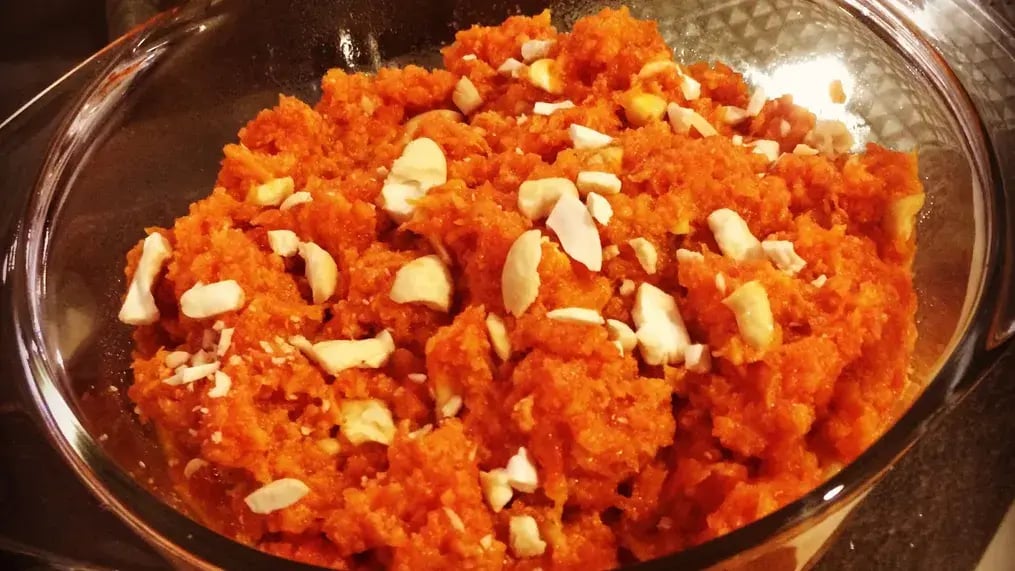
Quality of the chocolate
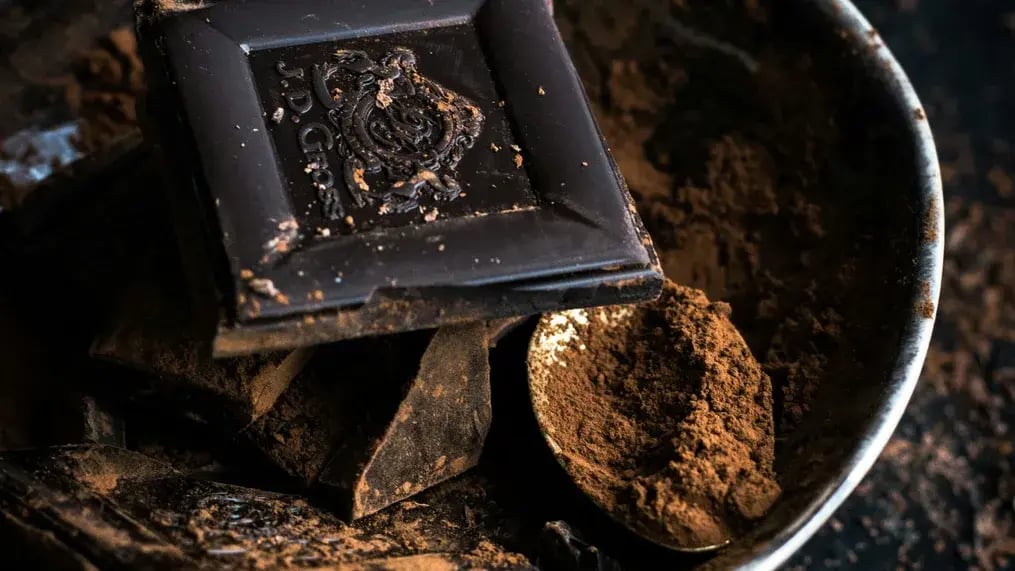
The type of chocolate you use plays a huge role in the final outcome. While many may be tempted to use regular milk chocolate or low-quality chocolate chips, this can be a mistake. The sweetened, overly creamy nature of milk chocolate can easily overpower the natural flavor of the carrots, making the dessert overly sweet. Opt for high-quality dark chocolate instead, such as Bournville or any other premium brand with a cocoa content of at least 50-70%. Dark chocolate has a richer, more complex flavor profile, and its slight bitterness will complement the sweetness of the carrots without overwhelming it. Also, dark chocolate melts beautifully, creating a silky smooth texture that enhances the overall richness of the halwa. When adding dark chocolate, keep in mind that it is less sweet than milk chocolate, so you may need to adjust the amount of sugar you add to the dish. Be sure to taste the halwa as you go, so it doesn't become too sweet.
Adding the chocolate
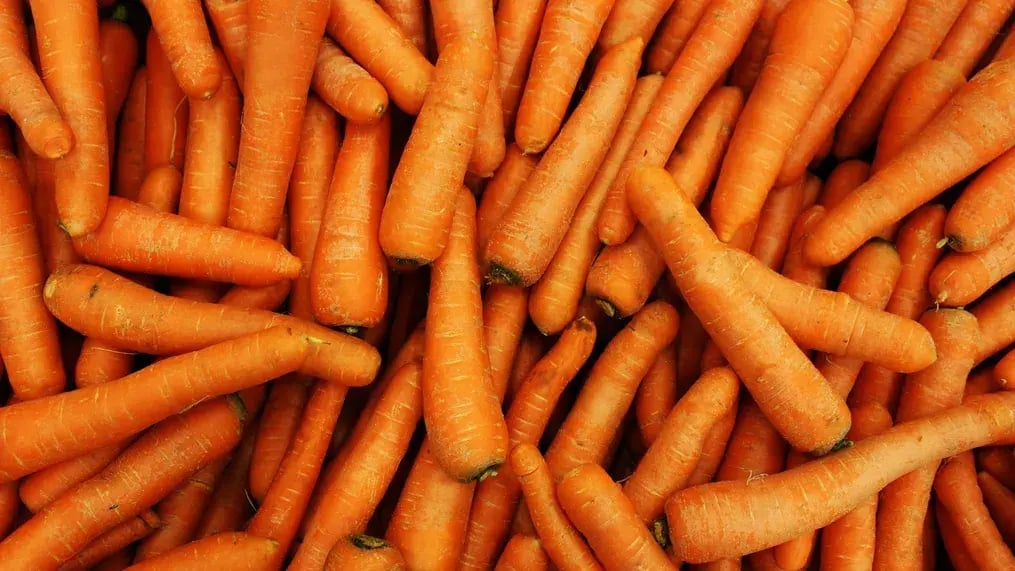
One of the most common mistakes people make when adding chocolate is incorporating it too early in the cooking process. Carrots need to be cooked until they soften and absorb the milk, sugar, and ghee. Adding chocolate too early can result in it breaking down, losing its smooth texture, and separating into an oily mess. This can affect the overall texture and appearance of the dessert. The best time to add chocolate is towards the end of the cooking process. Once the carrots have cooked down and the milk has reduced to a creamy consistency, add your chopped chocolate. Stir it in gently, allowing the heat of the mixture to melt the chocolate. This will ensure that the chocolate retains its smooth, velvety texture and integrates seamlessly into the dish. The result will be a creamy, chocolate-infused halwa with a delightful glossy finish.
Melting the chocolate
Another mistake is failing to melt the chocolate properly before adding it to the halwa. When chocolate isn't melted correctly, it can form lumps or even seize up, resulting in a gritty texture that detracts from the creamy consistency of the halwa. To melt the chocolate properly, you can use one of two methods: a double boiler or the microwave. For the double boiler method, place a heatproof bowl over a pot of simmering water, making sure the bowl doesn't touch the water. Add your chopped chocolate to the bowl and stir occasionally until it’s completely melted and smooth. If you're using the microwave, heat the chocolate in short 20-second intervals, stirring between each interval, until it's fully melted. Stirring helps prevent overheating, which can cause the chocolate to seize. Once the chocolate is melted, fold it gently into the halwa for a smooth texture. Be careful not to let the chocolate cool too much before incorporating it, as it could begin to harden and create lumps.
Quantity of the chocolate
While chocolate adds a luxurious richness to the halwa, it's important not to overdo it. Adding too much chocolate can overwhelm the other flavors in the dish, masking the natural sweetness of the carrots and the richness of the ghee and milk. The delicate balance of flavors is what makes the dish so special, and too much chocolate can disrupt that harmony. So remember, a little chocolate goes a long way. Start by adding a small amount, such as 2 tablespoons of chopped chocolate for every 4 medium-sized carrots. This will provide enough chocolatey flavor without overpowering the dish. If you’re using dark chocolate, you may want to add slightly more, as dark chocolate has a less pronounced sweetness compared to milk chocolate. Taste the halwa before adding more chocolate, as it’s easier to add more later than to correct an overly chocolatey mixture. Aim for a subtle, complementary chocolate flavor that enhances the halwa without taking center stage.
The sugar
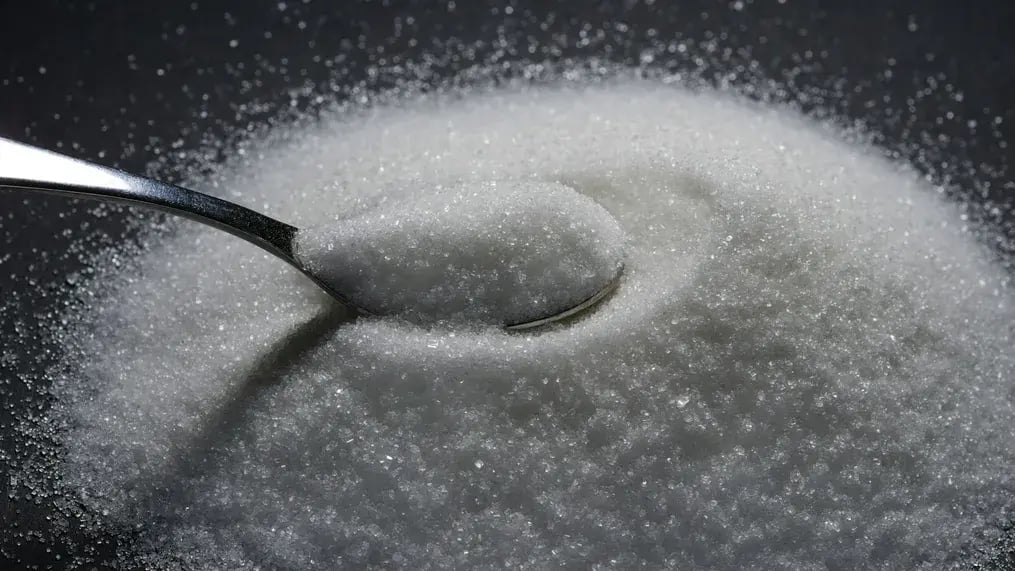
Chocolate, especially dark chocolate, can have a slightly bitter taste compared to the traditional sweetness of gajar ka halwa. If you add chocolate without adjusting the sugar levels, the dessert can end up being too sweet or too bitter. When adding the chocolate, remember to reduce the amount of sugar you add. Dark chocolate already brings a certain level of sweetness and depth to the dish, so you don’t need to add as much sugar as you would in a traditional recipe. Start by reducing the sugar by about 2 tablespoons and adjust according to your taste preferences. Be sure to taste the mixture as the sweetness will intensify as the halwa continues to cook. If you're using milk chocolate or sweetened chocolate, you may need to reduce the sugar even further, as these types of chocolate are already quite sweet.
Like This Article?
More Like This
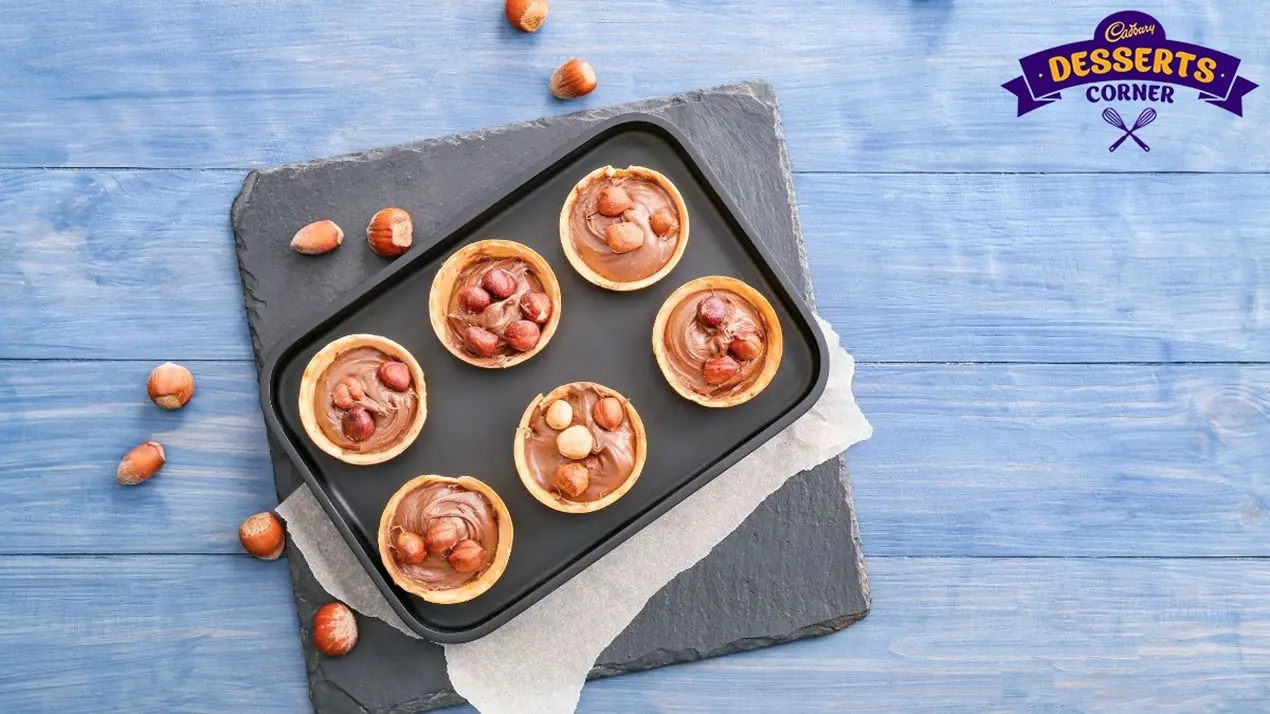
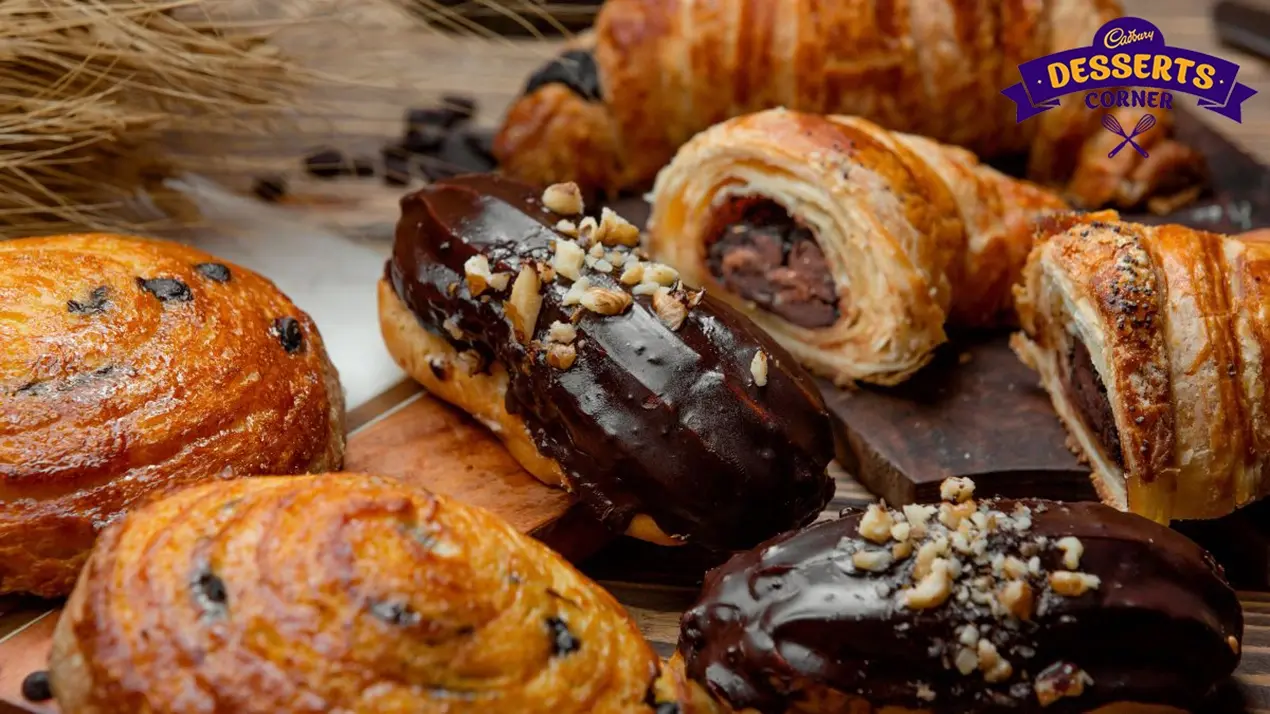


Popular Articles



Trending Web Stories
Curated Recipes




















